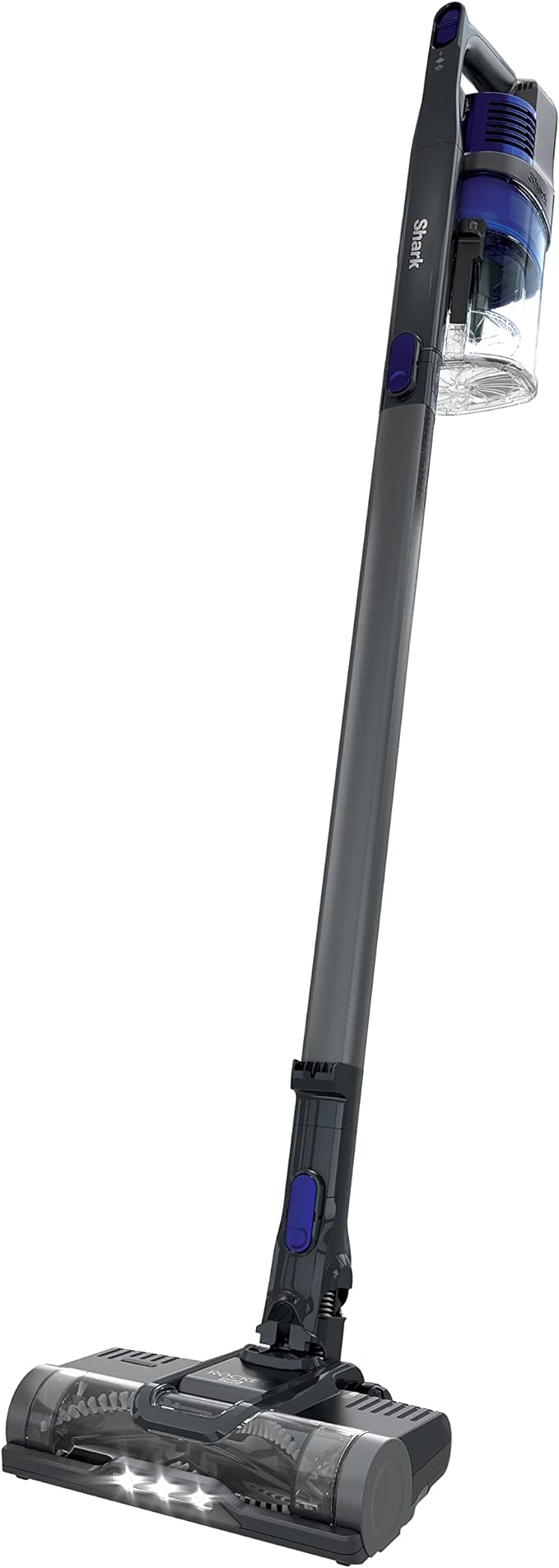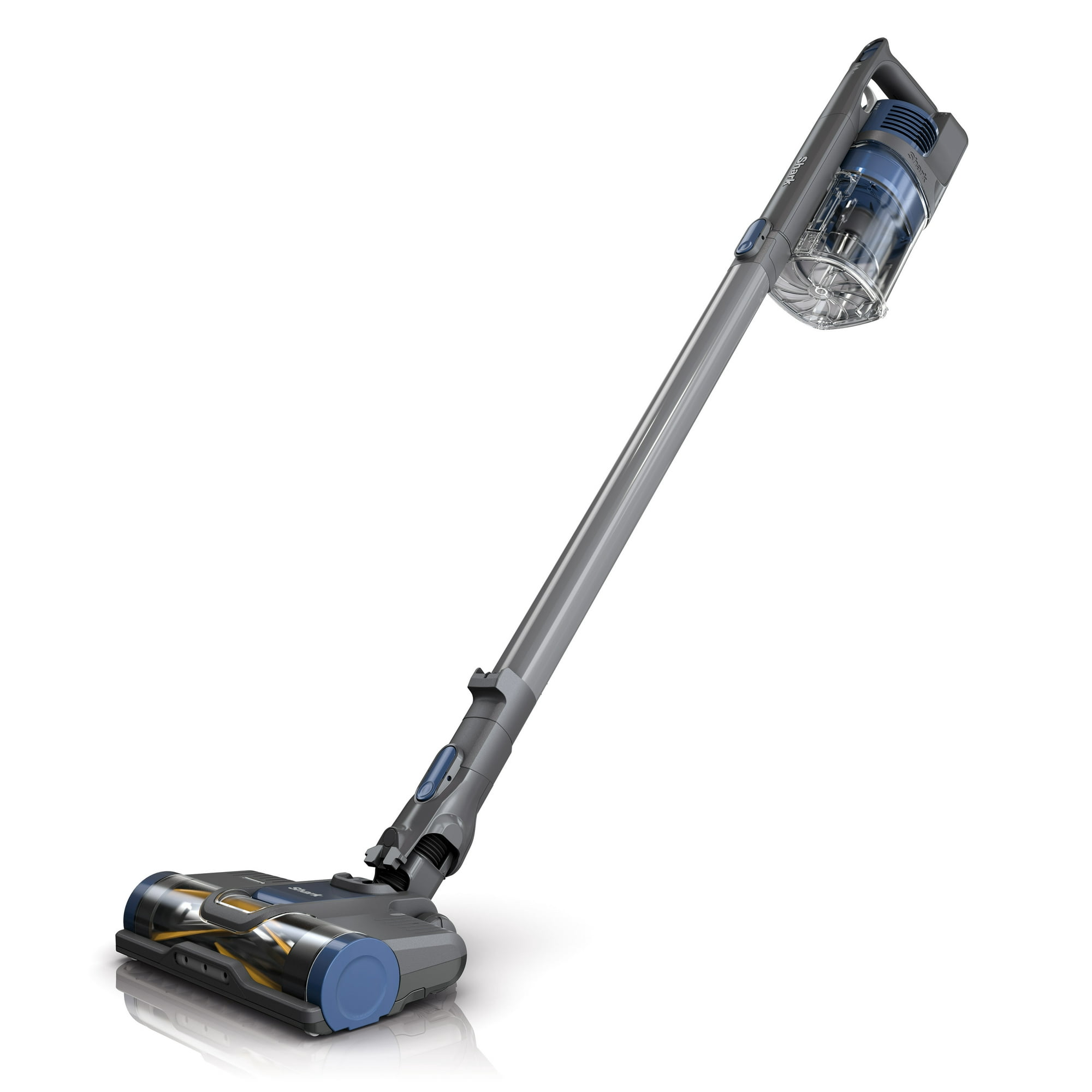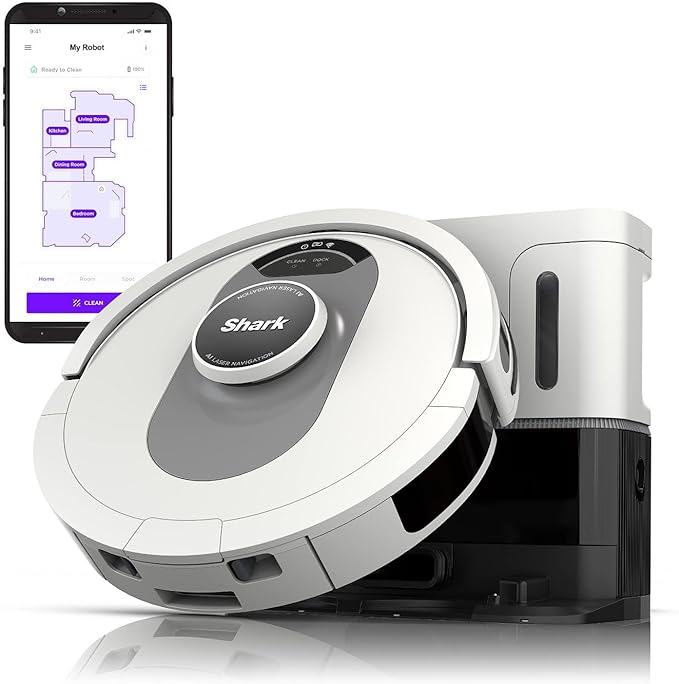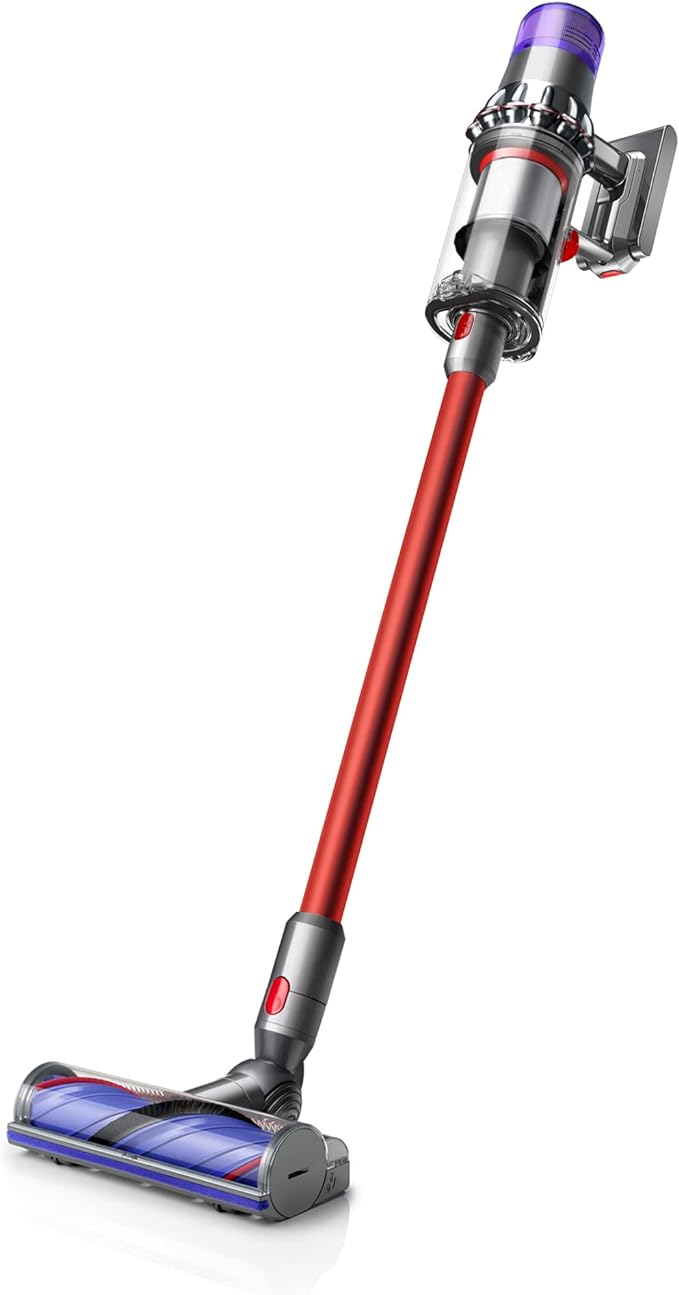AFFILIATE MARKETING
The 6 best cordless stick vacuums from Shark and Dyson
As a participant in multiple affiliate marketing programs, Localish will earn a commission for certain purchases. See full disclaimer below*
It’s always a hassle trying to get your corded vacuum around your entire apartment. In comparison, a cordless stick vacuum is lightweight and easy to maneuver. Since you’re not dealing with wires you can also move freely around the house. We’ve considered these options based on whether you live in an apartment or house and if you live with a furry friend at home.
What we look for in the best cordless vacuum cleaners
Tools: Each option comes with multiple tools, including a crevice tool to nab dirt from hard-to-reach corners. Some can even convert into handheld vacuums.
Maneuverability: The best cordless vacuums are lightweight and able to get under beds and couches.
Suction and Cleanup: These cordless vacuum cleaners have high-power suction and are easy to dump and refill.
Best Value

Kenmore DS1030 Cordless Stick Vacuum Lightweight Cleaner 2-Speed Power Suction LED Headlight 2-in-1 Handheld
This vacuum works on carpet and hardwood floors and is great for pet hair, according to the brand. Some special features include swivel steering for easy maneuvering, 2-speed power suction, and an LED headlight. It has a 30-minute run time and also comes with multiple tools, including a crevice tool. Plus, it weighs less than three pounds and can be quickly converted into a hand vacuum if needed.

BLACK+DECKER POWERSERIES+ 20V MAX Cordless Vacuum
This cordless vacuum by Black + Decker is on sale for only $99. We love that this comes with a wall mount and crevice tool to make storage and cleaning easier. This vacuum has an angled floorhead for better pickup and works on multiple surfaces. It also lies flat to get under the bed and couches.
Best for Pets

Shark IX141 Pet Cordless Stick Vacuum
This pet vacuum from Shark comes with an XL dust cup, LED headlights, a removable handheld crevice tool, a 40-minute runtime, a pet multi-tool and a crevice tool. Its shape makes this vacuum perfect for cleaning under furniture, and the LED lights will reveal any hidden debris around the home. It’s highly rated on Amazon for its maneuverability, ease of assembly, performance and ease of cleaning.

Shark Pet Pro Cordless Stick Vacuum
This Shark Pet Pro Cordless Stick Vacuum is only 7.34 pounds and comes with a self-cleaning brushroll. This is perfect if you have carpet because it has a high-speed motor that offers powerful suction. What’s great about this vacuum is that it also turns into a hand vacuum for harder-to-reach places.
Overall Pick

Shark AI Ultra Voice Control Robot Vacuum
The Shark AI Ultra Voice Control Robot Vacuum is 50% off on Amazon, making this a great time to buy. For those times when you are too busy to clean up, the home mapping feature takes away the hassle. This vacuum base can hold dust and debris for up to 60 days and is also self-emptying, according to the brand. You can control this vacuum with just a tap on your phone, where you can set a cleaning schedule or do on-demand cleaning – through the SharkClean app

If you’re willing to make a pricier purchase, this Dyson V11 cordless vacuum is an all-around great choice. This comes with: a mini dusting brush, motorbar cleaner head, mattress tool, wall dock, crevice tool, combination tool, stubborn dirt brush, charger, extension hose, hair screw tool, wand clip, wand and up-top tool. These tools make it versatile enough to clean your car, stairs or upholstery. This vacuum runs longer than the average vacuum, lasting 60 minutes, with an LED display to give you a countdown. My favorite part is the motorbar cleaner head – it deep cleans carpets and hard floors and clears up stubborn pet hair.
* By clicking on the featured links, visitors will leave Localish.com and be directed to third-party e-commerce sites that operate under different terms and privacy policies. Although we are sharing our personal opinions of these products with you, Localish is not endorsing these products. It has not performed product safety testing on any of these products, did not manufacture them, and is not selling, or distributing them and is not making any representations about the safety or caliber of these products. Prices and availability are subject to change from the date of publication.


















